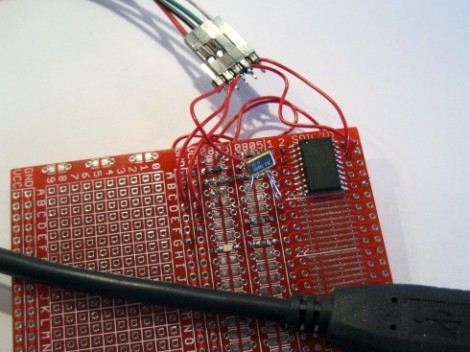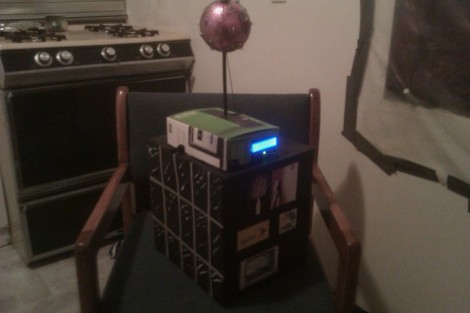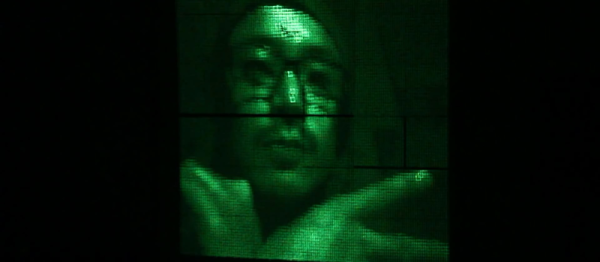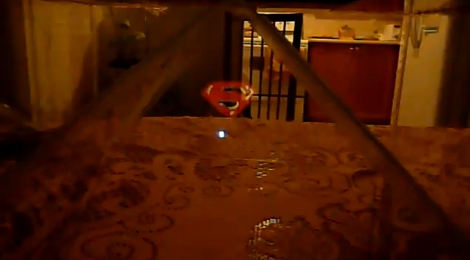
Mircrochip has a new USB to Serial converter available called the MCP2200. [Sjaak] suspected that it may have been made from an existing 20-pin PIC and found that reading the device signature with the PICKIT3 shows that the chip is an 18F14K50. Most likely this is running Microchip’s USB stack but it’s hard to tell because chip is code-protected, reading back all zeros. So he set out to write some replacement firmware which would provide the same functionality and give you access to the rest of the chip’s features.
There were some speed bumps along the way. The first one is that Microchip’s licensing for their USB stack won’t allow you to open source your firmware. That’s okay, it seems there is already a USB stack that can be ported which doesn’t have this restriction. The second wrinkle in the plan is that [Sjaak’s] code doesn’t come with a VID/PID pair that you can use like V-USB does for AVR chips. But that doesn’t diminish the accomplishment of getting the device to work by echoing back characters it receives. Full USB to serial support with the replacement firmware is on the way.
[Thanks Chris]
















